Confronting Silence
Fallen Leaf Monographs on Contemporary Composers, 1
Toru Takemitsu
Confronting Silence
Selected Writings
Translated and edited by
Yoshiko Kakudo and Glenn Glasow
With a Foreword by Seiji Ozawa

Copyright 1995 by Fallen Leaf Press, Berkeley, California
All rights reserved
Printed in the United States of America
Since this page cannot legibly accommodate all of the copyright notices, constitutes an extension of the copyright page.
SCARECROW PRESS, INC.
A Fallen Leaf Press Book
Published in the United States of America
by Scarecrow Press, Inc.
A wholly owned subsidiary of
The Rowman & Littlefield Publishing Group, Inc.
4501 Forbes Boulevard, Suite 200, Lanham, Maryland 20706
www.scarecrowpress.com
Library of Congress Cataloging-in-Publication Data
Takemitsu, Toru.
[Literary works. English. Selections]
Confronting silence: selected writings / Toru Takemitsu; translated and edited by Yoshiko Kakudo and Glenn Glasow; with a foreword by Seiji Ozawa.
p. cm. (Fallen Leaf monographs on contemporary composers, 1)
Includes bibliographical references and index.
ISBN 978-0-914913-36-8
1. MusicHistory and criticism. I. Kakudo, Yoshiko.
II. Glasow, Glenn, 1924- . III. Title.
ML60.T258713 1995
780dc20
95-9884
CIP
MN
 The paper used in this book meets the minimum requirements of the American National Standard for Information ServicesPermanence of Paper for Printed Library Materials, ANSI Z39.481984.
The paper used in this book meets the minimum requirements of the American National Standard for Information ServicesPermanence of Paper for Printed Library Materials, ANSI Z39.481984.
Errata
Translators Preface
p. xv, top line on page: Donald Keen Center should read Donald Keene Center.
p. xv, next-to-last line on page: expecially should read especially.
Jasper Johns
p. 34, paragraph 4, line 7: narrow should read arrow.
Contents
List of Plates
Following
Arc for Strings (graphic score),
Foreword
I am very proud of my friend Toru Takemitsu. He is the first Japanese composer to write for a world audience and achieve international recognition. When I conducted the premiere performance of his November Steps for shakuhachi, biwa, and orchestra, commissioned by the New York Philharmonic, I encountered traditional Japanese music for the first time. In my training as a conductor I studied only Western music.
When I heard that Takemitsu-sans essays were to be published in English translation, I was filled with the hope that many new readers would experience the encounter with the writing of this remarkable composer of our time.
SEIJI OZAWA
Authors Preface
This volume presents the most extensive English translation of my writings up to this time. I would be less than honest if I said I am without fear and uncertainty. In addition, aware of the beauty and ambiguity of the Japanese language, I am concerned about how much of its nuance will remain in translation.
Despite the difficulties, the principal reason I write prose is to gain insight into myself. At the same time I want the audiences who hear my music to know why I chose composing Western music as my profession, and how I live and interpret this time in which I live. Certainly music may not need words. If one asks is it true that music composition has nothing to do with words? the answer is, the opposite is true: yes, it does have to do with words.
To give clear shape to amorphous and irregular musical ideas and images, one cannot avoid depending on words. These are not the technical words of music theory but are instinctive, dramatic, communicative flashes. For that reason, at times words are for me a kind of filter of my thoughts, not the means of communicating events or emotions. In order to be totally immersed in music I cannot neglect verification of my relationship to the world through the use of words.
The pieces collected here cover a long period of time, vary in content, and are written in my peculiar Japanese. I appreciate the difficulties in translating them.
Fortunately my long-time friends Glenn Glasow and Yoshiko Kakudo, who have a deep understanding of Japanese culture, undertook the translation and editing. I cannot thank them enough. Also, I wish to extend deep appreciation to Ann Basart of Fallen Leaf Press, and to Mr. Seiji Ozawa, who wrote the foreword to these essays.
TORU TAKEMITSU
Translators Preface
Japan has undergone recurring waves of foreign influence, which it has either rejected, accepted, or modified. Of these outside influences, the most dramatic occurred after 1945: the reorganization of the educational system, the change of attitude toward the imperial court, the intense Japanese interest in foreign things and ideas.
In this welter of changes, Toru Takemitsu appeared among postwar Japanese musicians, strongly influenced by Western traditions. Born in 1930, he graduated from Tokyo Keika High School in 1949. He has described himself as having studied music composition under Yasuji Kiyoses guidance, but mainly self-taught.
In 1951together with performers, painters, poets, and several other composershe organized the Experimental Workshop in Tokyo. In an account of the planning for its first exhibition, the group, at first provisionally named Group Atom, described its intentions:
The purpose of having this exhibition is to combine the various art forms, reaching an organic combination that could not be realized within a gallery exhibition, and to create a new style of art with social relevance closely related to everyday life....
In addition to (1) Painting, (2) Objects, and (3) Ballet, presentations would include:
(4) Music: performances of the works in the exhibition space at fixed dates and hours and the playing of records of works by the members or new foreign music compositions.
(5) Presentation of works as single pieces, or as a combination of paintings, objects and music compositions.
In the exhibition and presentation above-mentioned, the entire exhibition space forms a [whole] in which the works are organically interrelated. They are not presented as single entities.
This proclamation, with its interest in multimedia productions removed from the formalities of the traditional exhibit or concert, reflects contemporary foreign influences. A summary of performances in the groups first five years lists, along with local composers, the following: Olivier Messiaen (three concerts of his music), Bla Bartk, Norman Dello Joio, Erik Satie, Darius Milhaud, Arnold Schoenberg (a performance of Pierrot Lunaire [1922], presented a second time with staging), Aaron Copland, Leonard Bernstein, and Samuel Barber.
These concerts suggest a preference for French and American composers. (Repeatedly in his later essays, Takemitsu expresses his admiration for Debussy and Messiaen.) This during the 1950s when Boulez reminded us Schoenberg is Dead, when the age of Webern had been declared and European composers were concentrating on serial technique. In his 1960 essay A Personal Approach, Takemitsu refers to the dangerous aspects of the twelve-tone technique with its... mathematical and geometric pursuit of sound.... In the same essay he recognizes the possibility of noise as an element in composing. One may speculate about the influence of the Experimental Workshop on the musical development of Takemitsu, but the intense energy and dedication of its members was obvious.



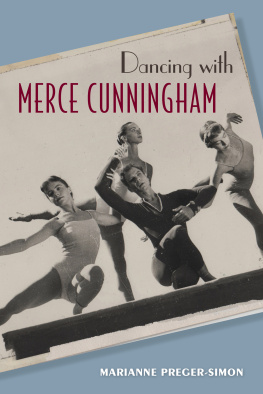
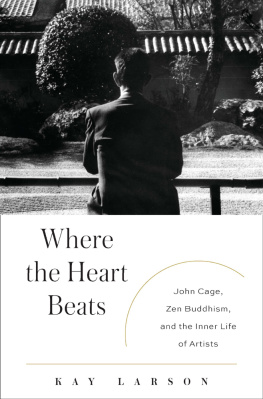
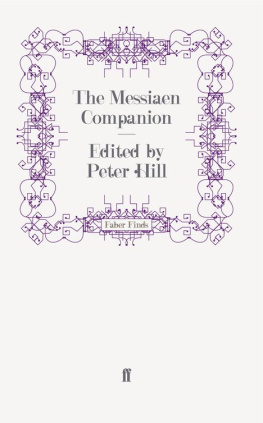
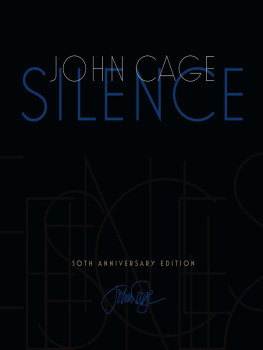
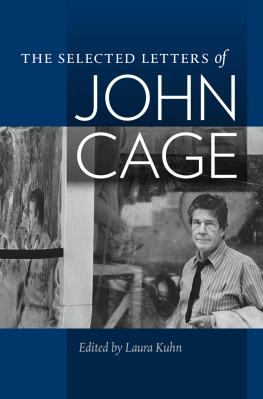
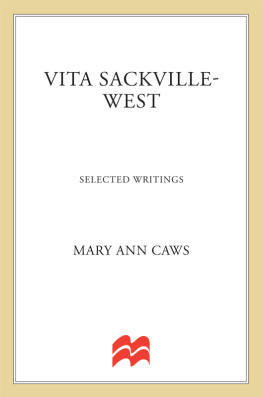
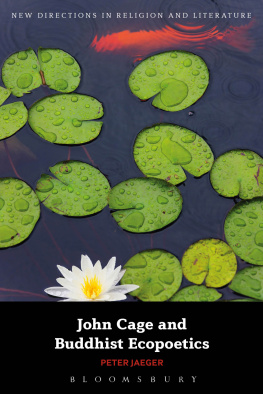

 The paper used in this book meets the minimum requirements of the American National Standard for Information ServicesPermanence of Paper for Printed Library Materials, ANSI Z39.481984.
The paper used in this book meets the minimum requirements of the American National Standard for Information ServicesPermanence of Paper for Printed Library Materials, ANSI Z39.481984.